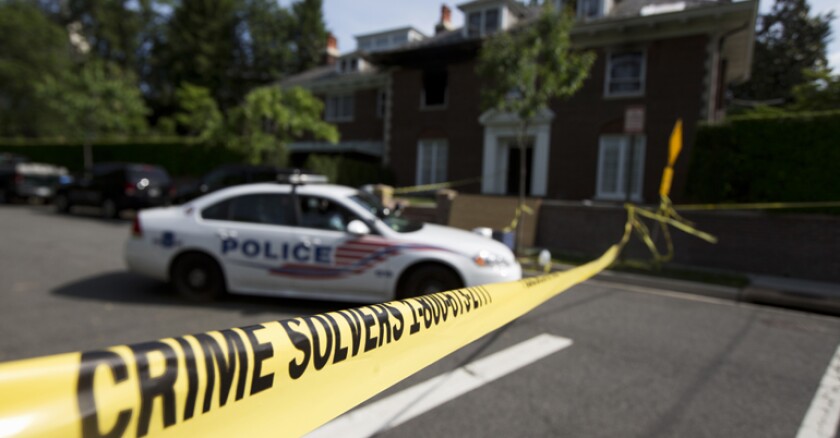To address this problem, Mayor Muriel Bowser announced that she would ask the city council to approve a package of yet-to-be-written legislation that would increase the number of police officers, toughen punishments for people with repeat violent offenses and address policies that exacerbate mistrust between police and residents. Current proposals also would allow police to search and detain people with violent offenses who are under community supervision.
There is much speculation about the causes of these recent increases in violent crime. Some have suggested that it may be due to people with violent criminal histories being released from prison as part of our current efforts to reduce inmate populations and our over-reliance on incarceration. But it would be a mistake to adopt policies that are not evidence-based. For example, assumptions that much of the violent crime is attributable to repeat offenders coming home from prison don't account for the fact that these people have been returning to communities for decades.
Research shows that crime rates peak in the teens and early 20s and then rapidly decline. Many incarcerated persons age out of illegal activity before middle age. The fact is, most homicides and other crimes of violence stem not from criminal activity but from petty arguments that escalate and other interpersonal conflicts among residents of a community.
The scale of such community violence can be seen in the following:
• A study of juveniles sentenced to life prison terms found that more than half of those surveyed reported witnessing violence in their communities, while 79 percent reported observing violence in their homes.
• Community violence witnessed by children is frequently serious in nature: One study of students in Chicago found that 66 percent had witnessed a shooting.
• Even very young children experience violence. Another study found at that 78 percent of 3-to-4-year-old African-American children in Washington, D.C., had been exposed to community violence.
Residents of the communities that experience violent crime want it to stop, and there are better ways to make that happen than simply re-filling our prisons. In the long term, approaches to do so include early childhood education, targeted employment initiatives and therapeutic health interventions. But to respond to immediate concerns, we need to address the interpersonal conflicts that often trigger these events.
Evidence-based initiatives like Cure Violence approach this problem by viewing violence as an infectious disease to be addressed with public-health interventions. The model, as detailed in the documentary "The Interrupters," positions "violence interrupters" to locate potentially lethal disputes in progress and respond with a variety of conflict-mediation strategies. Interrupters are hired in part for their ability to work among those at risk of violence in the community. The Interrupters are also important connectors to social services such as affordable housing and job training.
Research shows that among the various jurisdictions where Cure Violence has been implemented there has often been a substantial impact on public safety. Baltimore communities experienced as much as 44 percent fewer shootings and 56 percent fewer killings; New York City experienced 20 percent fewer killings attributable to the program. And in Chicago neighborhoods, there was a reported 41-73 percent reduction in shootings and killings -- and a 100 percent reduction in retaliation killings.
The strategy can be employed by leveraging partnerships with faith and community leaders already working to prevent violence, such as D.C.'s Alliance for Concerned Men and Cease Fire: Don't Smoke the Brothers and Sisters. Similarly, the Cure Violence model offers an opportunity for city officials to partner with public-health experts and other practitioners who can offer immediate guidance to reduce violence.
Stopping violent crime is challenging. Demands will come from community leaders who want to ensure neighborhood safety. Employing evidence-based violence-prevention models, rather than continuing to rely on punishment-based strategies, can produce better outcomes that build on community strengths.
This column has been updated to reflect homicide statistics for Washington, D.C., as of the day of publication.








